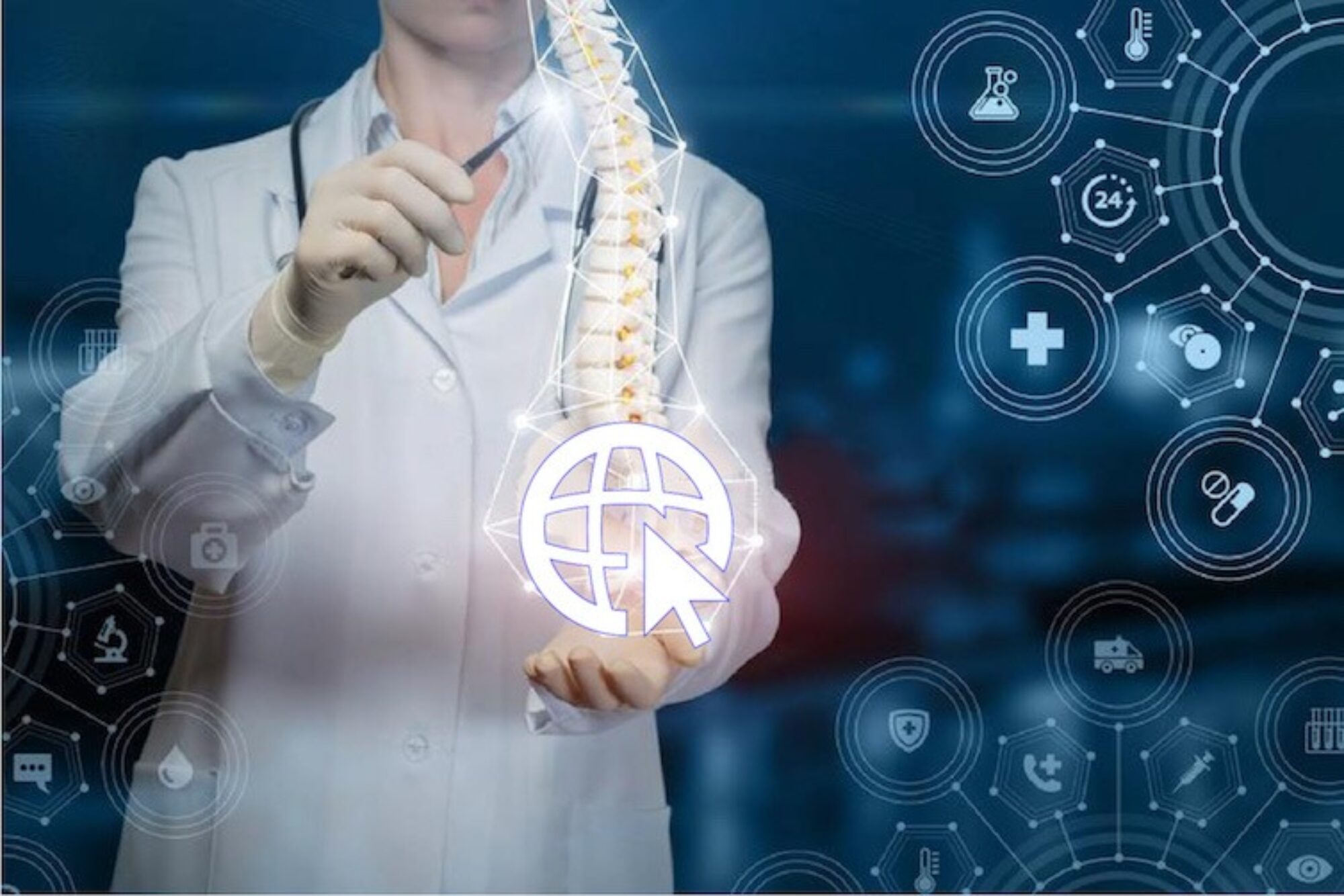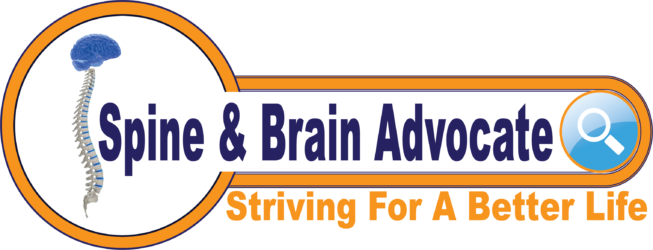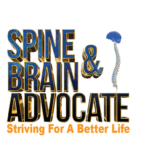Medical Critics Call to Stop Overlooked Spinal Injuries
What is a spinal cord injury by medical definition?
A Spinal Cord Injury (SCI) is sustained damage to the spinal cord at any part of it, or the nerves at the end of the spinal canal. This can permanently affect many physiological areas, such as sensations, strength, motor ability and any other functions. A spinal cord injury can impact a person’s life and lifestyle. An SCI can either be complete or incomplete. Spinal Cord Injury Ontario (Canada) Reference
Neurologic deterioration secondary to overlooked spinal injuries following trauma
“This multicenter study establishes that missed spinal injuries resulting in a neurologic deficit continue to occur in major trauma centers despite the presence of experienced personnel and sophisticated imaging techniques. Older age, high impact accidents, and patients with insufficient imaging are at highest risk.
A total of 24 patients were identified who were treated or referred to 1 of the participating trauma centers and had an adverse neurologic outcome as a result of the missed injury. The average age of the patients was 50 years (range 18-92), and average delay in diagnosis was 19.8 days. Radiculopathy developed in 5 patients, 16 had spinal cord injuries, and 3 patients died as a result of their neurologic injury.
The most common reason for the missed injury was insufficient imaging studies (58.3%), while only 33.3% were a result of misread radiographs or 8.3% poor quality radiographs. The incidence of missed injuries resulting in neurologic injury in patients with spine fractures or strains was 0.21%, and the incidence as a percentage of all trauma patients evaluated was 0.025%. Reference
Head of Neurosurgery says: Cervical Myelopathy – Diagnosis and Management in Primary Care
“Owing to limited knowledge of Degenerative cervical myelopathy (DCM) in primary healthcare, along with the large variability of the disease, the diagnosis of DCM (overlooked spinal injuries) is often missed or delayed. The natural course of DCM presents as a stepwise decline, with symptoms ranging from muscle weakness to complete paralysis.
All individuals with signs and symptoms should be referred to a spine surgeon for consideration of surgery; those with mild DCM might be offered conservative treatment but should receive a surgical evaluation and opinion nonetheless.
Asymptomatic patients with evidence of cord compression on magnetic resonance imaging might need to be referred for assessment; however, surgery is not advised. It is critical to closely monitor asymptomatic individuals or those with mild DCM for neurologic deterioration.
Degenerative cervical myelopathy is the most common cause of spinal cord dysfunction in adults. This review helps streamline its diagnosis in primary care, allowing for improved chances of early diagnosis and prevention of further neurologic decline among patients.”
The College of Family Physicians of Canada – Reference
You can help Spine and Brain Advocate in many small and different ways. Here are some examples of how you can help us advocate for changes for you, your loved ones and the CCI patient community:
- Self-advocate for appropriate CCJ investigations and treatments with helpful workbooks, tools and eLearning resources.
- Show support by proudly wearing and handing out Craniocervical Instability (CCI) Awareness Ribbons.
- Get help by obtaining a 2nd Radiology Opinion(s).
- Complete the Patient Experience Survey.
- Tell others about CCI and advocate for medical professionals to stop overlooking spinal injuries.


